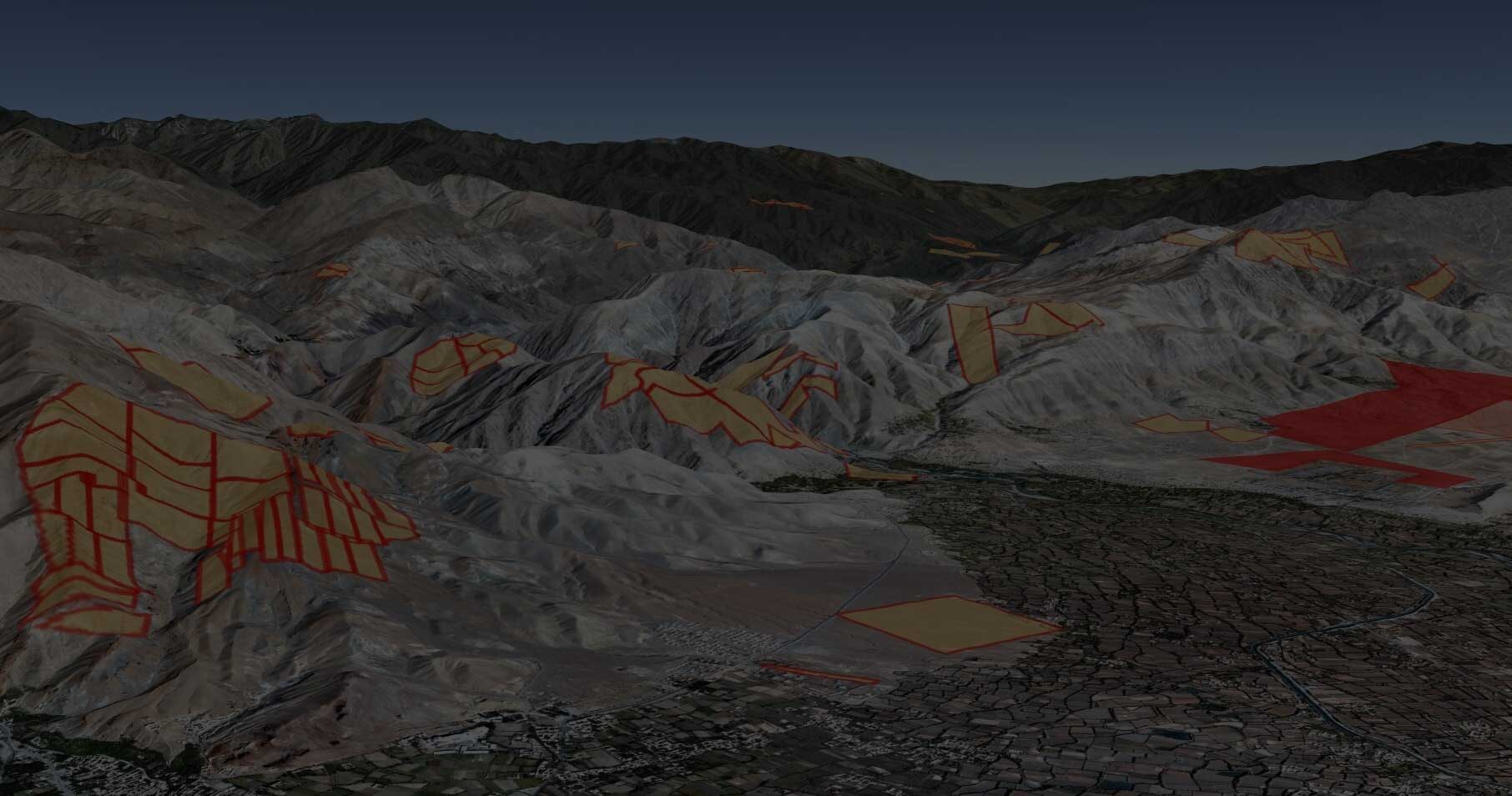Every year, civilians around the world fall victim to landmines, cluster munitions and other explosive ordnance. Lives are lost or irreparably damaged, while survivors and their families struggle with the physical, psychological, social and economic consequences of the accidents.
The presence of explosive ordnance is also a major obstacle to the rapid and effective delivery of humanitarian aid, post-conflict stabilisation, recovery and reconstruction, peace and sustainable development. In a global context still characterised by serious and increasingly fluid conflicts, where the line between 'war' and 'peace' is blurred, and by large-scale humanitarian crises, information management is more important than ever.













